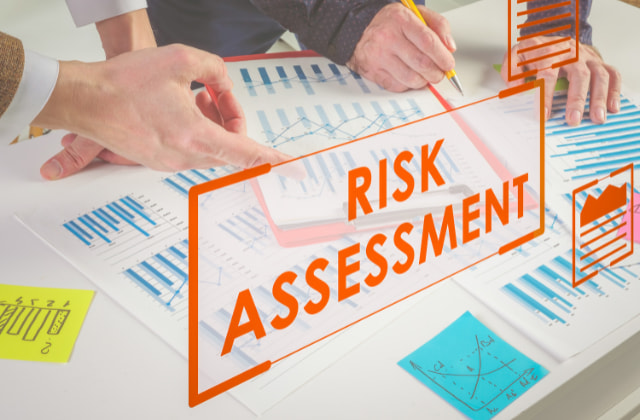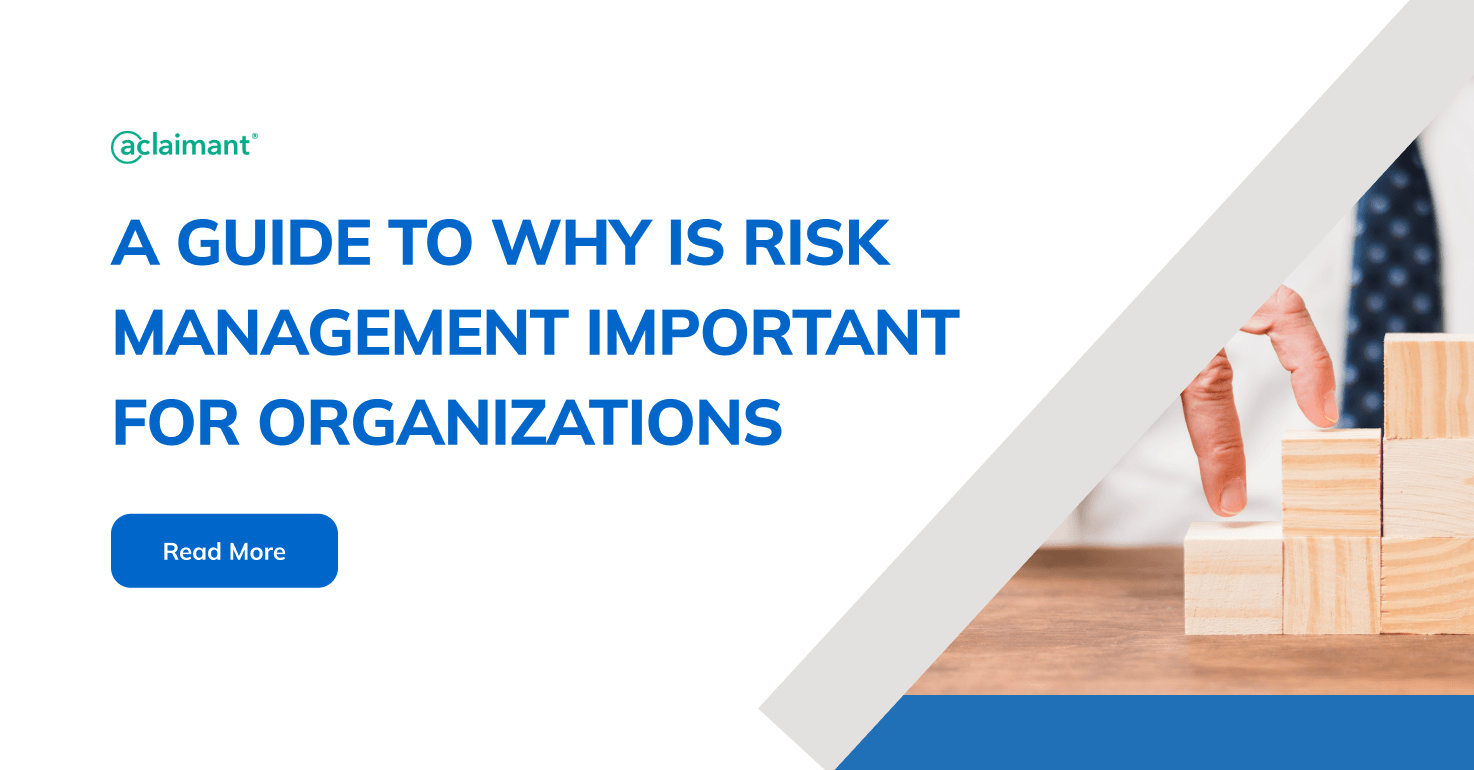Addressing the Unseen Risks: The Importance of Risk Management in Digital
Addressing the Unseen Risks: The Importance of Risk Management in Digital
Blog Article
The Critical Significance of Risk Management in Achieving Organizational Goals
In the rapidly progressing service landscape, the capability to navigate uncertainty has actually ended up being an essential. This is where Risk Management steps in, providing an organized method to identifying, examining, and mitigating potential obstacles to progress. It's even more than just a safety procedure - it's a tactical device, cultivating strength and technology. As we check out the essential function of Risk Management in achieving organizational goals, one can not aid but wonder: how does this translate right into real-world success?
Understanding the Concept of Risk Management in Business

The Integral Duty of Risk Management in Strategic Preparation
Incorporating Risk Management into calculated preparation works as a guard for organizations, securing their long-lasting strategies with a strong structure of preparedness and resilience. It operates as the company's radar, finding prospective hazards and vulnerabilities that can disrupt the path towards achieving their stated goals. Risk Management supplies a framework for expecting unpredictabilities and designing appropriate reactions, making sure the company's survival and prosperity even when faced with hardship. By incorporating Risk Management right into tactical preparation, companies can transform these uncertainties right into opportunities for development and advancement. This critical interweaving of Risk Management promotes versatility, making organizations much more robust and enabling them to navigate the ever-changing company landscape confidently. Consequently, Risk Management comes to be a crucial tool in tactical preparation, important in safeguarding sustainable success.

Strategies for Identifying, Assessing, and Prioritizing Dangers
Browsing the complicated landscape of risks requires the application of particular strategies for their prioritization, recognition, and assessment. The process begins with Risk identification, utilizing tools such as SWOT evaluation, which assists in identifying possible hazards and chances. Next, Risk analysis is carried out to establish the possible effect and probability of each Risk. Tools such as Risk matrices and impact-probability graphes are utilized he has a good point for this. Risks are focused on based on their possible influence and probability, permitting organizations to concentrate their resources on high-priority threats. This methodical approach guarantees a comprehensive understanding of the Risk landscape, making it possible for companies to make enlightened decisions and successfully manage risks to achieve their objectives - importance of risk management.
Guarding Business Procedures Via Efficient Risk Management
In business landscape filled with unpredictabilities, reliable Risk Management plays a pivotal role in safeguarding organizational procedures. It acts as a protective guard, alleviating the damaging results of possible dangers and guaranteeing the smooth functioning of all procedures. By recognizing and assessing prospective dangers, Risk Management allows organizations to establish durable his explanation backup strategies. This precautionary method aids in maintaining functional security, also when confronted with unanticipated situations. Fundamentally, Risk Management is the lifeline that keeps the organizational operations afloat among turbulent waters. It makes certain not just the survival yet the lasting development of a company, making it a vital tool in accomplishing business purposes. Companies need to spend in detailed Risk Management approaches to safeguard their procedures.

Converting Potential Risks to Opportunities: The Power of Risk Management
A positive approach to take the chance of Management involves recognizing, analyzing, and prioritizing threats to design techniques that turn them into potential benefits. Hence, by leveraging the power of Risk Management, companies can not just guard their operations but additionally spur development and achieve their objectives in an unforeseeable service environment.
Instance Researches: Success Stories of Risk Management Driving Company Objectives
Effective implementation of Risk Management methods has actually generated excellent outcomes in various services, emphasizing the benefits of this technique. Multinational business like Microsoft and Google, as an example, have leveraged Risk Management to minimize dangers and manipulate opportunities, driving their organization goals onward. Microsoft's aggressive Risk Management method aided it pivot swiftly during the 2020 pandemic, transitioning to remote work smoothly, therefore preserving efficiency. Google, by examining and mitigating possible risks in its cloud-based services, has guaranteed uninterrupted solution, thus reinforcing consumer count on. These examples Get More Info show how effective Risk Management can not just steer services free from prospective challenges however likewise lead them towards their tactical purposes. Therefore, Risk Management is integral to the quest of business goals.
Final thought
To conclude, Risk Management is fundamentally important in attaining organizational goals. It supplies an organized technique to determining, evaluating, and resolving prospective hazards and possibilities. Greater than just mitigating dangers, it additionally fosters advancement, durability, and lasting development. By including Risk Management right into strategic preparation, organizations can much better browse uncertainties, guard procedures, and capitalise on opportunities, thus straightening with long-term goals.
At its core, Risk Management is the process of determining, evaluating, and attending to prospective dangers that could adversely impact a company's operations or objectives. Next, Risk evaluation is performed to determine the prospective influence and likelihood of each Risk. Risks are focused on based on their prospective effect and likelihood, permitting companies to focus their resources on high-priority dangers. By identifying and evaluating prospective threats, Risk Management allows organizations to develop durable backup strategies. A proactive technique to run the risk of Management involves determining, analyzing, and focusing on threats to devise approaches that transform them right into prospective benefits.
Report this page